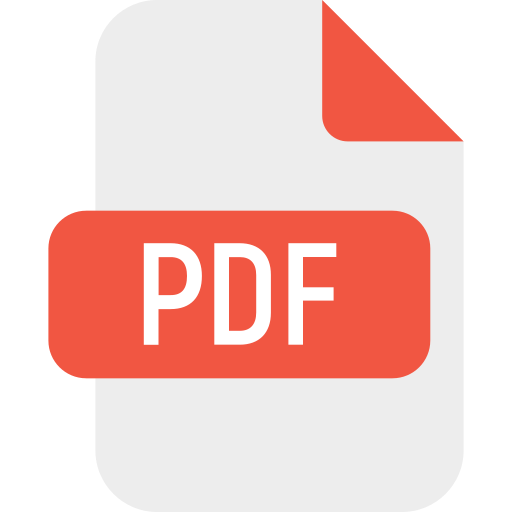
The United Arab Emirates is taking a monumental leap in its digital transformation journey. With the introduction of mandatory e-invoicing, backed by the Federal Tax Authority (FTA) and the Ministry of Finance (MoF), the UAE is setting a new global benchmark for modern tax administration.
This is more than just a regulatory change; it’s a foundational shift from paper-based transactions to a secure, standardized, and real-time digital ecosystem. Here is your comprehensive guide to the technology, the timeline, and the significant advantages the new system offers.
1. The Technology: From Paper to Peppol (DCTCE Model)
The core of the UAE’s e-invoicing revolution is the adoption of the Decentralized Continuous Transaction Control and Exchange (DCTCE) model, built on the internationally recognized Peppol framework.
What is the 5-Corner DCTCE Model?
Unlike centralized systems where every invoice must pass through a single government portal, the UAE uses a decentralized 5-corner model for B2B and B2G transactions. This model ensures both business flexibility and real-time regulatory oversight:
- Corner 1 & 4 (Supplier & Buyer): The businesses using their ERP/accounting systems.
- Corner 2 & 3 (Accredited Service Providers – ASPs): Certified intermediaries that validate, format (to the mandatory PINT AE standard), and transmit the invoice.
- Corner 5 (FTA/MoF): The central platform that receives structured invoice data for real-time compliance checks simultaneously with the buyer receiving the invoice.
This decentralized approach leverages the global Peppol standard for seamless cross-border interoperability while keeping all tax data secure within the UAE’s digital borders.
2. Accredited Service Providers (ASPs): The Cornerstone
Accredited Service Providers (ASPs) are mandatory for compliance. They are the government-approved access points to the e-invoicing network, responsible for ensuring every transaction meets FTA reporting standards and is correctly formatted.
The MoF maintains a Central Register of approved ASPs. When selecting one, businesses should look for providers who meet the stringent government criteria, which include:
- Active OpenPeppol certification.
- Compliance with global security standards (ISO 27001 and ISO 22301).
- A minimum level of insurance coverage for professional and cyber risks.
- Proven operational experience in e-invoicing systems.
Key takeaway: Selecting the right ASP is arguably the most critical decision for businesses, as the ASP manages the entire secure data flow and reporting accuracy.
3. The Implementation Roadmap: Key Deadlines
The mandate will roll out in a phased approach, ensuring a smooth transition across different business segments. B2C (Business-to-Consumer) transactions are initially outside the scope.
| Phase | Category | ASP Appointment Deadline | Mandatory Go-Live Deadline |
| Pilot | Selected Businesses | — | 1 July 2026 |
| Phase 1 | Businesses with annual revenue $\ge$ AED 50 Million | 31 July 2026 | 1 January 2027 |
| Phase 2 | Businesses with annual revenue $<$ AED 50 Million | 31 March 2027 | 1 July 2027 |
| Phase 3 | Government Entities | 31 March 2027 | 1 October 2027 |
4. Beyond Compliance: Unlocking Strategic Benefits
While compliance is the driving force, the true value of the e-invoicing revolution lies in its strategic outcomes for the national and corporate economies:
| Benefit Category | Strategic Advantage |
| Financial Governance | Reduced VAT Leakage: Real-time visibility minimizes opportunities for tax evasion and non-compliance, ensuring fair market competition. |
| Operational Efficiency | Faster Business Cycles: Automation slashes manual data entry, reduces error rates, and accelerates invoice approval and payment processes. |
| Global Trade | Seamless Interoperability: Adoption of the Peppol standard connects UAE businesses to global partners, making international trade faster and fully compliant with over 40 jurisdictions. |
| Data & Audits | Enhanced Audit Accuracy: Standardized, machine-readable data simplifies audits, drastically reducing the time and cost associated with error detection and reconciliation. |
| Economic Insight | Improved Policymaking: The FTA gains access to accurate, aggregated transaction data, allowing for smarter economic trend analysis and policy adjustments. |
5. Your 5-Step Readiness Checklist
To ensure a seamless transition and leverage these benefits, businesses must act proactively:
- Conduct a Gap Assessment: Fully map your existing invoicing processes and identify where data is generated, sent, and received.
- Audit ERP/Systems: Check that your accounting/ERP systems can generate invoices with all the mandatory data fields and support the structured XML/JSON format required by the PINT AE standard.
- Engage an ASP: Begin evaluating Accredited Service Providers based on their integration capabilities, security protocols, and experience. Do not wait for your phase deadline.
- Upgrade Infrastructure & Processes: Prepare systems for real-time validation and reporting. Update internal policies to align with the new digital workflow and reporting timelines.
- Train Teams: Educate your finance, accounting, and IT teams on the new procedures, validation rules, and the role of the ASP in maintaining compliance.
The UAE E-Invoicing mandate is an opportunity to digitize, optimize, and future-proof your business operations. Starting your readiness journey today will position your organization to thrive in the UAE’s smarter, more transparent digital economy.





